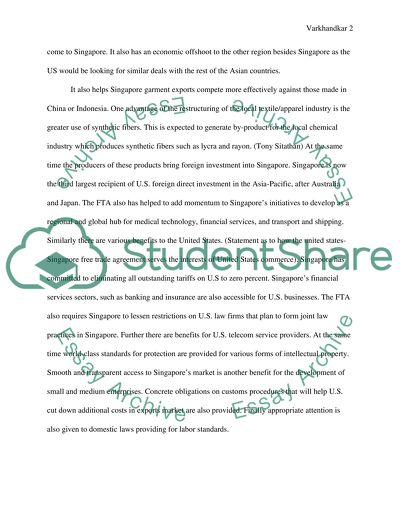Cite this document
(Dependency Theory in Free Trade Agreements Term Paper, n.d.)
Dependency Theory in Free Trade Agreements Term Paper. Retrieved from https://studentshare.org/macro-microeconomics/1532644-free-trade-agreements-essay
Dependency Theory in Free Trade Agreements Term Paper. Retrieved from https://studentshare.org/macro-microeconomics/1532644-free-trade-agreements-essay
(Dependency Theory in Free Trade Agreements Term Paper)
Dependency Theory in Free Trade Agreements Term Paper. https://studentshare.org/macro-microeconomics/1532644-free-trade-agreements-essay.
Dependency Theory in Free Trade Agreements Term Paper. https://studentshare.org/macro-microeconomics/1532644-free-trade-agreements-essay.
“Dependency Theory in Free Trade Agreements Term Paper”, n.d. https://studentshare.org/macro-microeconomics/1532644-free-trade-agreements-essay.


